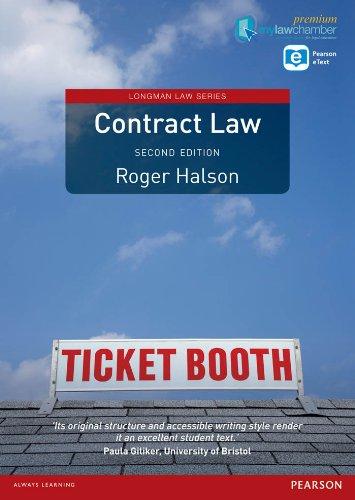Question
C city was settled in the 1600's by 100 families. Real estate title records showed that 80% of the privately-owned land in C city was
C city was settled in the 1600's by 100 families. Real estate title records showed that 80% of the privately-owned land in C city was held by 20 families, all descendents of the original settlers, and there were significantly fewer real estate transactions per year in C city than in any other city is S state. In 2016, the S state legislature, after extensive research, found that the concentration of land ownership in C city limited the real estate marketplace, unduly inflated land prices when land become available for sale, reduced real estate tax revenue, and inhibited business and economic growth because of the lack of available real estate. After lengthly hearings, the legilature passed the S State Land Reform Act of 2016 ("Act"). The purpose of Act was to alleviate the problems created by the cocentrated land ownership in C city by identifying and condemning appropriate tracts of land and then transfering ownership to current lessees under certain conditions. An appropriate mechanism was developed to establish fair value for condemned property. The C City Redevelopment Authority ("Authority") was created to administer Act, which became effective on January 1, 2017. The Pilgrim Family ("Pilgrims") owned substantital land in C city. Five of Pilgrim's tenants, who qualified under the Act, filed applications asking Authority to condemn 20 acres of land owned by Pilgrims. Authority held a public hearing on the proposed condemnation, made the finding that the acquisition of 20 acres of Pilgrims's land would effectuate the public purposes of Act, and began the process of condemnation. Pilgrims filed suit in federal district court, alleging that Authority's action constituted and unlawful taking in violation of the public use requirement of the Taking Clause of Fifth Amendment to the federal constitution and sought preliminary and permanent injuctive relief against the action. Based on the facts, how would the court in a jurisdiction following the rule and reasoning in Kelo v. City of New London analyze and decide the merits of the constitutional issue?
Step by Step Solution
There are 3 Steps involved in it
Step: 1

Get Instant Access to Expert-Tailored Solutions
See step-by-step solutions with expert insights and AI powered tools for academic success
Step: 2

Step: 3

Ace Your Homework with AI
Get the answers you need in no time with our AI-driven, step-by-step assistance
Get Started


